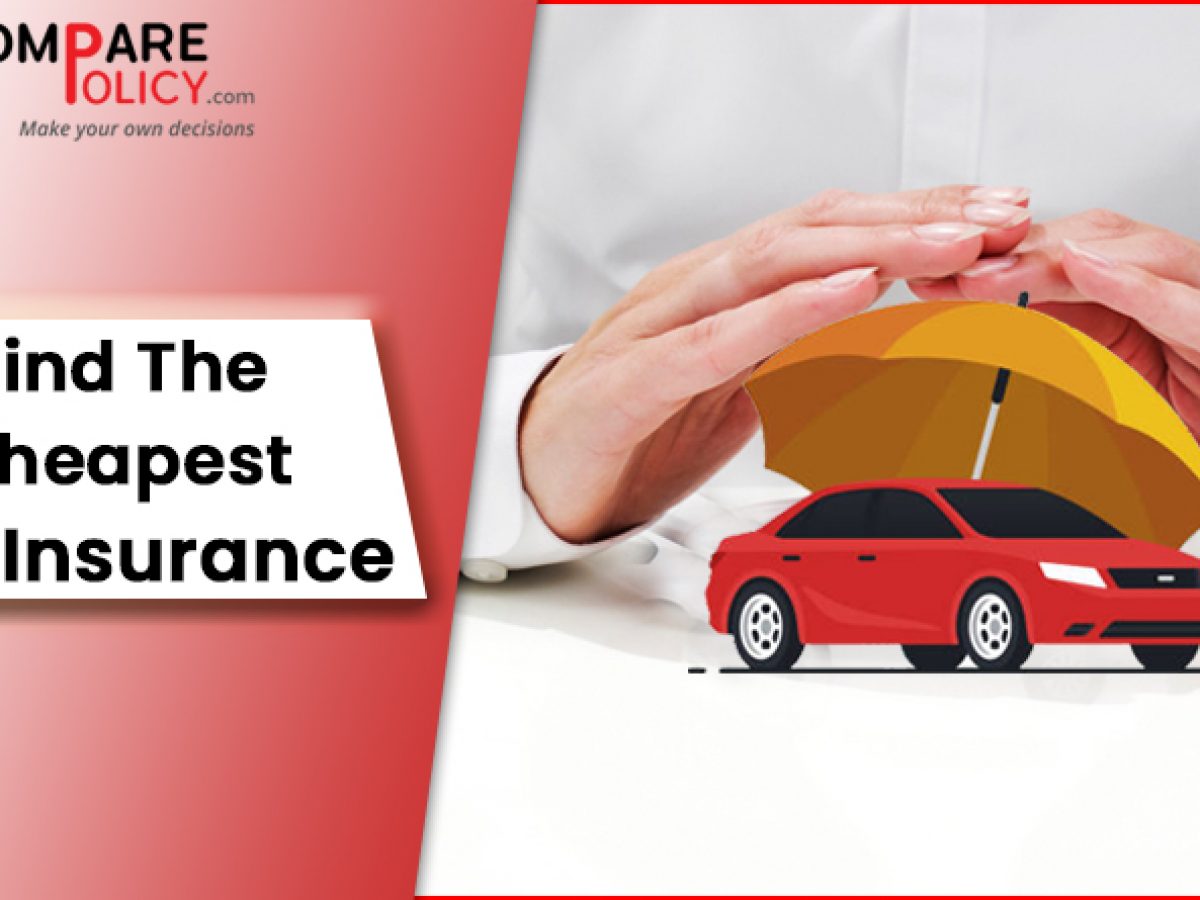Car insurance is a necessary evil. It’s the armor you don when getting behind the wheel, but it doesn’t have to be a financial burden. With the advent of online comparison tools, shopping for car insurance has transitioned from a laborious task to something akin to browsing the aisles of a supermarket – if that supermarket also had security guards and a purchasing decision that could impact your life for years to come.
In this comprehensive guide, we’ll lead you through the most effective methods to compare car insurance rates online, ensuring that your coverage is not just comprehensive, but cost-effective too. Whether you’re a new driver navigating the obligations of adulthood or a seasoned motorist looking to shave a few dollars off your monthly spend, we’ve got you covered.
Understanding the Foundations of Car Insurance
Before you can compare car insurance rates, it’s crucial to understand what affects those rates. Car insurance typically falls into three primary categories:
- Liability Coverage: This is the one that’s compulsory in most states. It covers damage and injuries you might cause to others.
- Collision Coverage: This aspect deals with damages to your own car, especially in the event of an accident.
- Comprehensive Coverage: This step further and includes non-collision-related events, like theft or vandalism.
Additionally, there are several factors insurers use to determine your car insurance premium, including age, gender, driving record, the type of car you drive, where you live, and even your credit score.
Read more: best price car insurance
The Role of Comparison Tools in Your Search
Online comparison tools have revolutionized the car insurance shopping experience. These platforms aggregate quotes from multiple insurance companies, saving you the headache of visiting different websites or calling various providers.
To get the most accurate results, remember you should input consistent and precise information across all the sites you visit for comparison.
Evaluating Discounts and Perks
Insurance companies are notorious for their fine print, but they’re equally keen to offer discounts to draw in new policyholders. Common car insurance discounts include those for safe driving records, multiple policies, safety features in your car, and more.
It’s not uncommon to find that a seemingly more expensive policy actually works out better with discounts factored in, underscoring the importance of reading beyond just the headline rate.
Policy Clarity and Coverage Comparison
It’s not just the price you should evaluate, but the actual coverage. Ensure that the insurance policy you’re considering fulfills your specific needs. Don’t fall into the trap of a “cheaper” policy that might be inadequate when you need it the most.
Reading through the policy document, or preferably, understanding it with the help of an agent, is crucial for making sure you’re getting not only a good price but also the coverage you expect.
Customer Satisfaction, Ratings, and Reviews
The internet is rife with opinions – some loud, some learned. Before you buy, gauge a company’s reputation by looking at their customer satisfaction ratings and reading reviews.
Remember, availing the lowest-priced policy is less satisfying if it’s backed by poor customer service or if the provider is slow or stingy with claims.
The Art of Negotiation
Many people don’t realize that insurance rates are negotiable. If you’re contemplating between two quotes and there’s only a slight difference, it’s worth calling the insurer and asking if they can match or beat their competitor’s offer.
However, ensure you’re comparing apples to apples; you want to negotiate a better rate on the same coverage, not a lesser policy.
Ensuring the Technical Stuff Is Sorted
Before you pull the trigger on a new policy, there are a few technical points to cover off:
- Payment Terms: Understand the payment schedule the company offers. Some might bill you monthly, others might prefer you pay the full year upfront with which you often get a discount.
- Cancellation Policy: Life is unpredictable, and you may need to cancel or change your policy. Understand any fees or notice periods that might apply in such a case.
- Grace Periods: A grace period is the extra time you might have to pay your premium after your official due date. It’s a nice buffer to have, and each company’s grace period can vary significantly.
The Final Compare and Purchase
Armed with your knowledge, evaluations, and possible negotiations, it’s time to make your decision. Ensure that the policy you’re picking is not just the cheapest but the best fit for your driving habits and financial needs.
Once you’re satisfied, go ahead and purchase your policy online. Many providers offer a straightforward process that can be completed in just a few steps.
The Ongoing Strategy
Your cheaper, shrewdly chosen policy doesn’t mean you’re done for life. Insurance, like most things, should be reviewed periodically.
Lifestyle changes, including significant birthdays (they can be cheaper, too!), moving, or even positive movements in your credit score can all impact your insurance rate, which means it might be time to compare and switch again.
Pro Tips for Advanced Savings
If you’re really looking to squeeze every last drop of savings from your car insurance, consider these advanced techniques:
- High Deductible Plans: A higher deductible often equates to a lower premium. Just make sure you could afford the deductible if you needed to make a claim.
- Bundle and Save: Combine car insurance with other policies, such as homeowners or renters insurance, for a package deal that can save you money.
- Adapt Your Coverage: If your car is older or you’re in a financial position to cover the cost of a new one, consider dropping comprehensive or collision coverage.
Reaping the Rewards of Your Comparison
Comparing car insurance rates online might initially feel daunting, but the potential for significant savings and better coverage far outweighs the mild inconvenience. Armed with this guide, you’ve now got a competitive advantage when dealing with the car insurance landscape.
Remember that the cheapest quote is not always the best option and that your coverage should always justify the cost. Be thorough, be smart, and ensure you’re both protected and financially comfortable in the event of an accident or mishap.
In the grand scheme of car ownership, the time and effort spent on thorough insurance comparison will barely register once you’re cruising contently with a solid policy and some extra money in your wallet. Safe driving and happy shopping!

